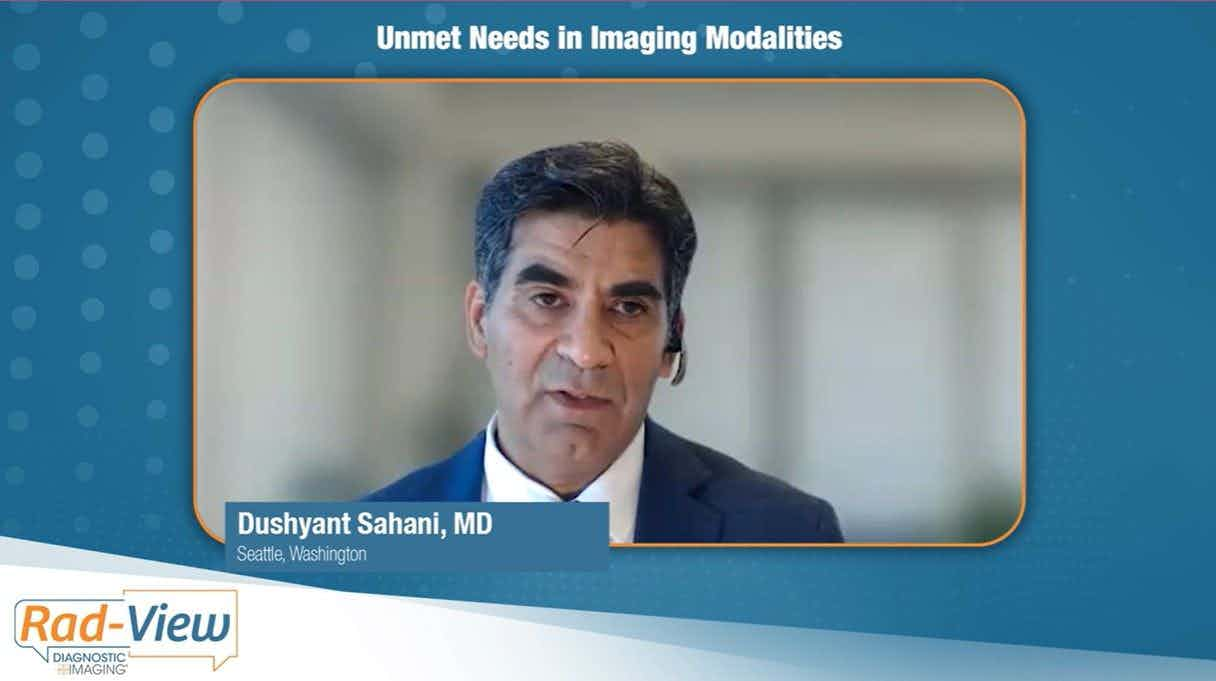Imaging Reveals Common Features of Bird Flu
Chest radiographs and CT can identify unique features of the H7N9 virus which may assist in the proper initiation of treatment.
Researchers have used chest radiographs and computed tomography (CT) to identify the unique features of bird flu - H7N9 influenza that causes pneumonia- which may help physicians to differentiate it from other causes of pneumonia, and assist in the proper initiation of treatment. Among the identified features are the distribution and very rapid progression of consolidations, ground-glass opacity, and air bronchograms, with less interstitial changes.
The first human outbreak of H7N9 influenza was reported in China in March 2013 when a novel reassortant avian-origin influenza A virus was identified from the respiratory specimens from three patients, according to the study published in Radiology.
“In this outbreak, the new strain in humans causes severe and rapidly progressing respiratory illness,” Zhiyong Zhang, MD, PhD, from Shanghai Public Health Clinical Center, told Diagnostic Imaging. “The conditions of the patients with H7N9 infection can deteriorate rapidly with acute respiratory distress syndrome in five to seven days and multi-organ failure.”
Because the mortality rate is high, it is important to identify radiologic findings that can lead to early diagnosis, monitor disease progression, and initiate management of the disease.
Zhang and colleagues conducted a retrospective study of 12 patients (nine men and three women) with novel avian-origin influenza A H7N9 virus infection. All patients had presented with a fever, cough, shortness of breath, and white phlegm and debility.
The patients underwent chest radiography and thin-section CT at diagnosis. Chest radiography occurred one to six days from onset of symptoms; CT occurred from two to nine days. All patients underwent follow-up examinations to monitor symptoms using chest radiographs and CT. Both sets of images were reviewed by two chest radiologists who used clinical data and images to reach their findings.
The most commonly seen pattern on imaging was diffuse ground-glass opacity, which occurred in all 12 patients. In addition, diffuse consolidations, air bronchograms, and interlobular septal thickening with right lower lobe predominance occurred in 11 of 12 patients.
“It is unclear at this time why there was right lower lobe predominance,” the researchers wrote. “The phenomenon may be related to the anatomic structure of the trachea and bronchi, as the right bronchus is short and straight, which may facilitate location of the culprit virus.”
Less commonly occurring patterns included centrilobular nodules (seven patients), reticulations (seven patients), cystic changes (four patients), bronchial dilatation (three patients) and subpleural linear opacities (three patients).
“The severity of imaging findings was associated with the severity of the underlying clinical condition,” Zhang said. “It was surprising to see even more rapid progression and more extensive distribution of the air space diseases in H7N9 pneumonia than in H5N1 and SARS.”
GE HealthCare Debuts AI-Powered Cardiac CT Device at ACC Conference
April 1st 2025Featuring enhanced low-dose image quality with motion-free images, the Revolution Vibe CT system reportedly facilitates improved diagnostic clarity for patients with conditions ranging from in-stent restenosis to atrial fibrillation.










